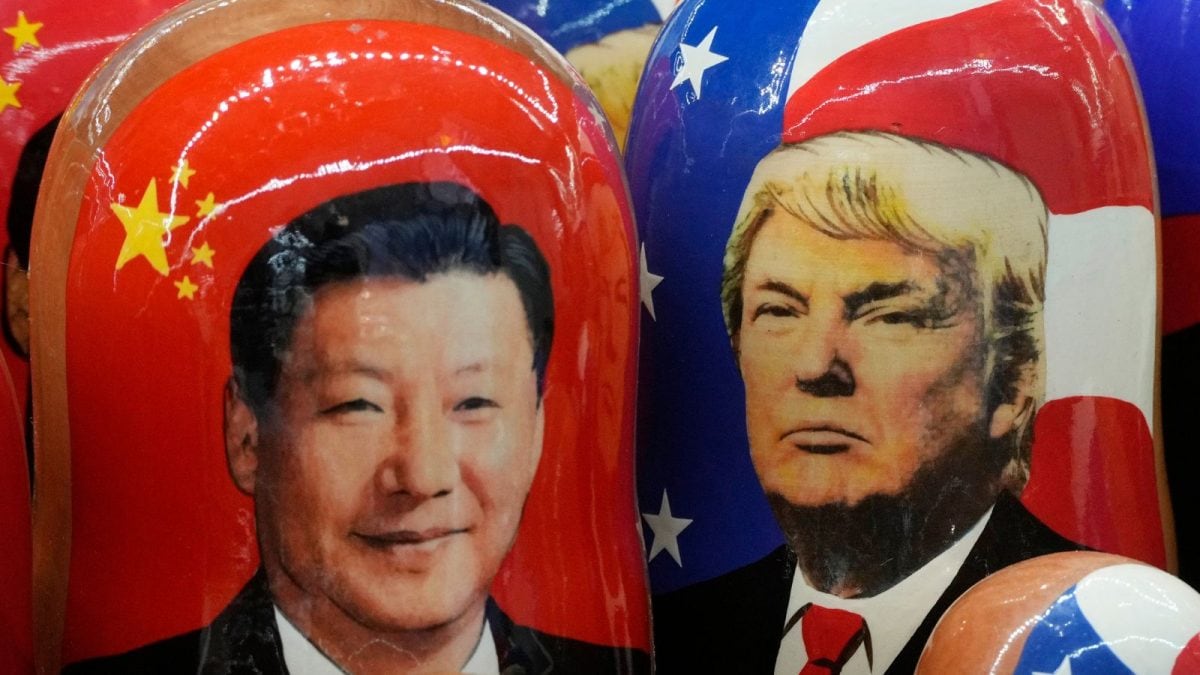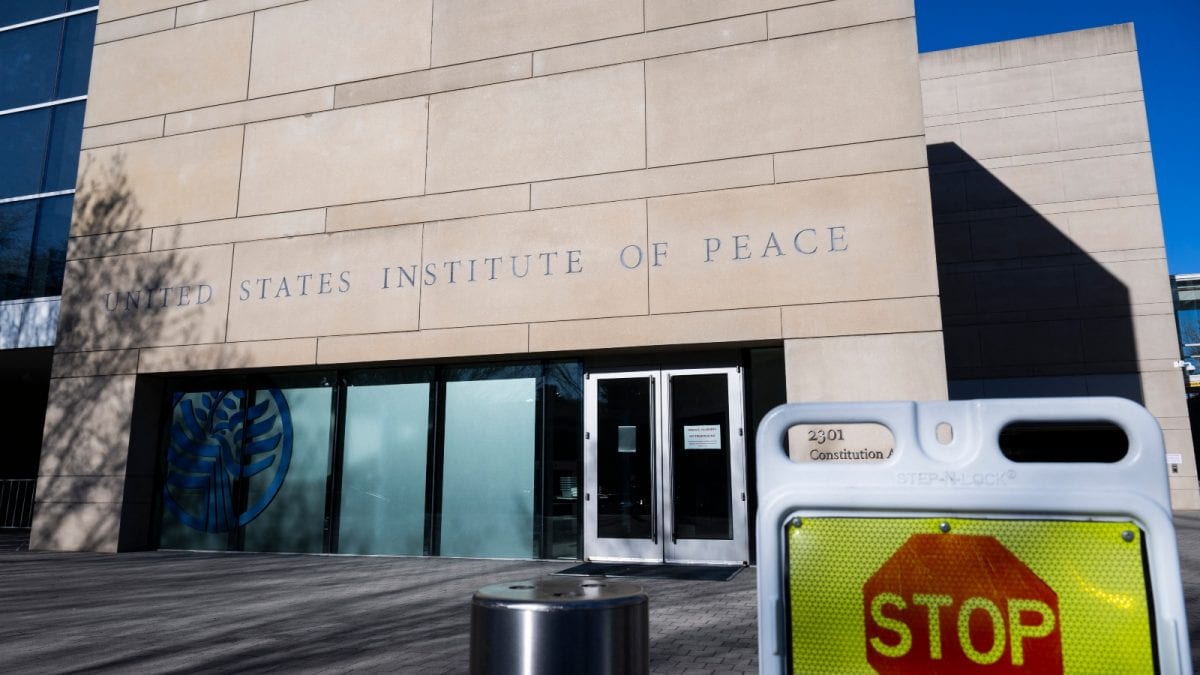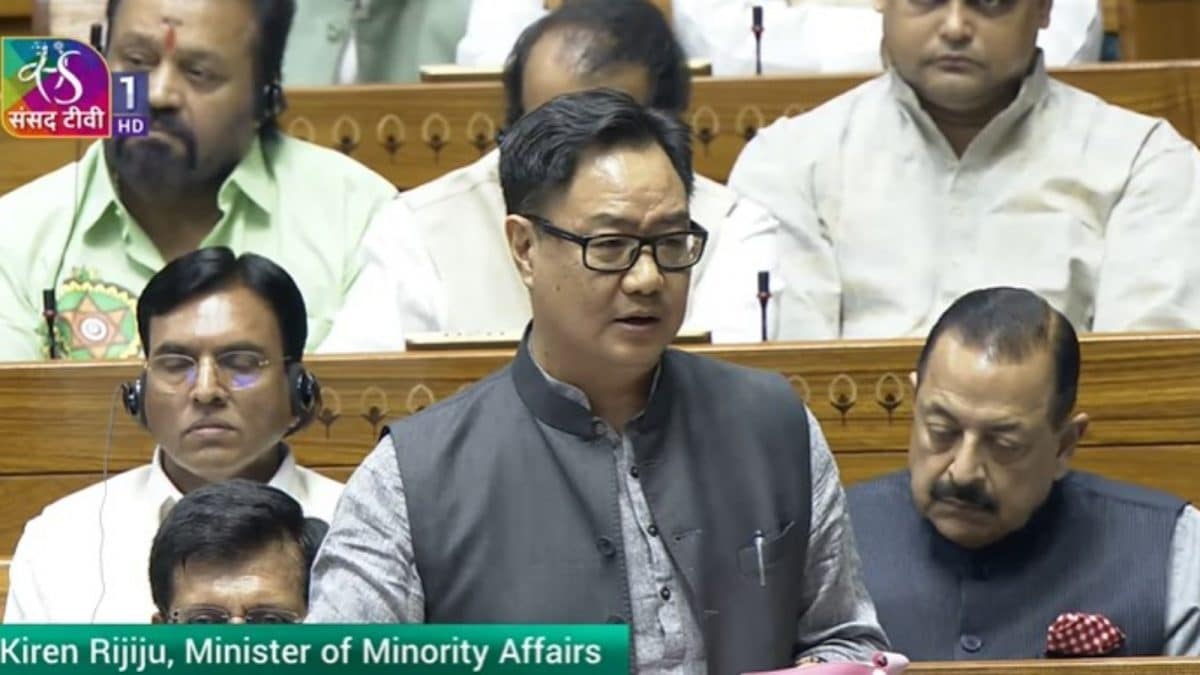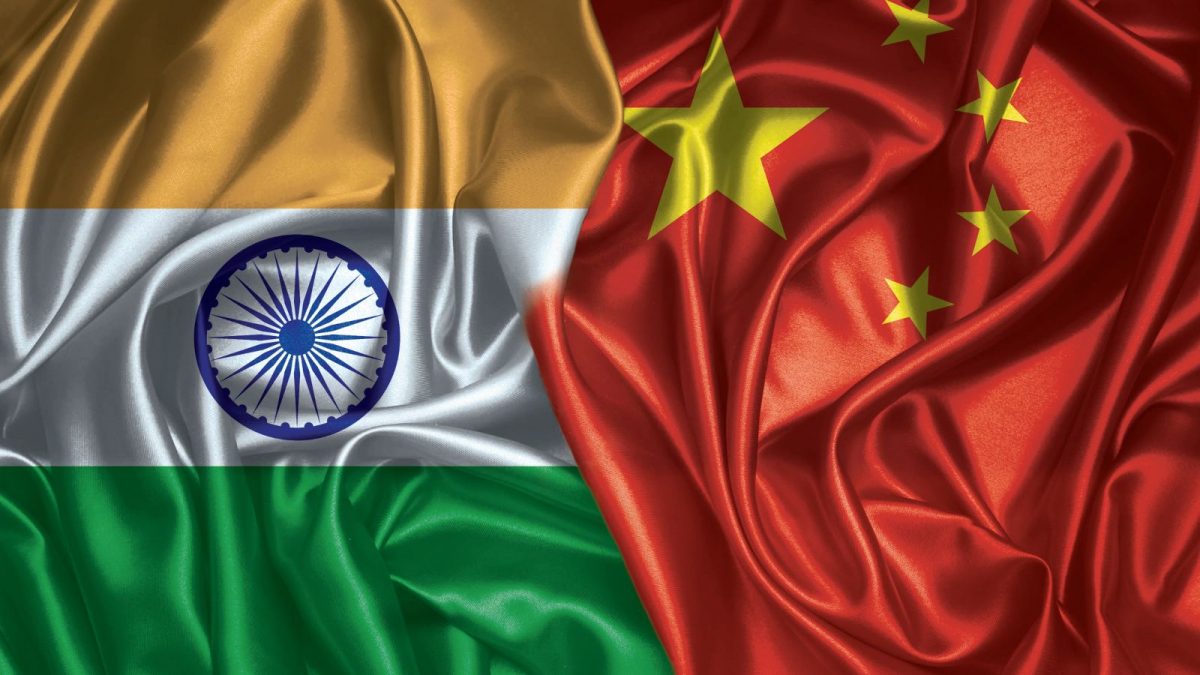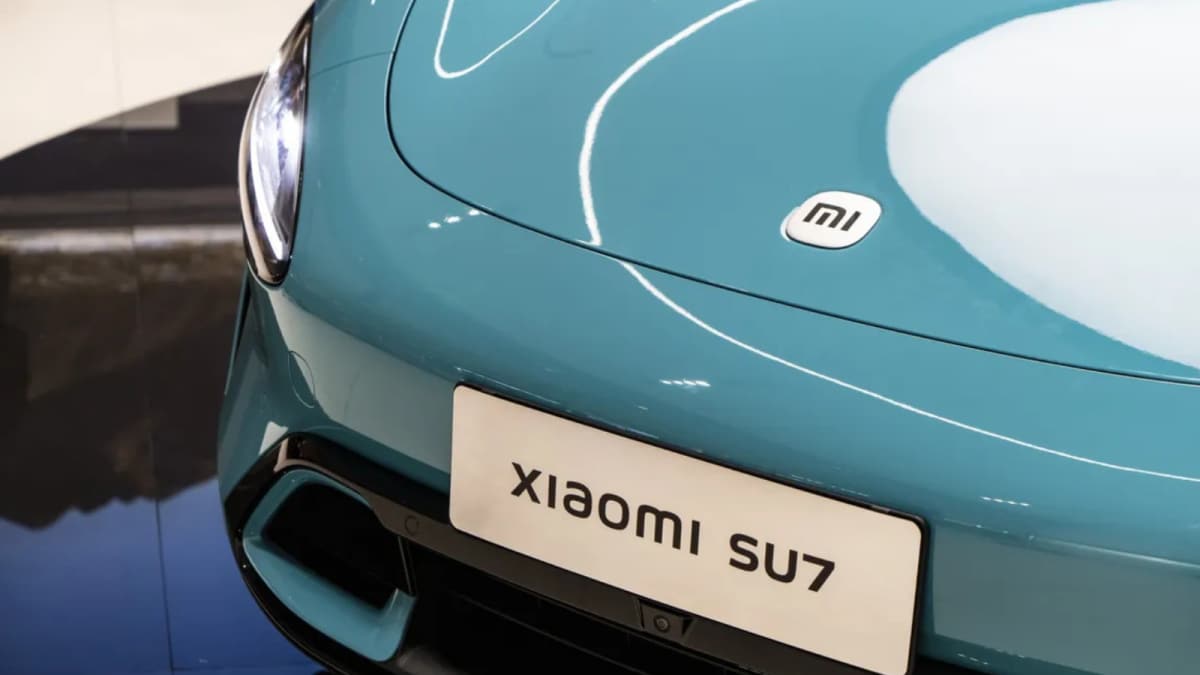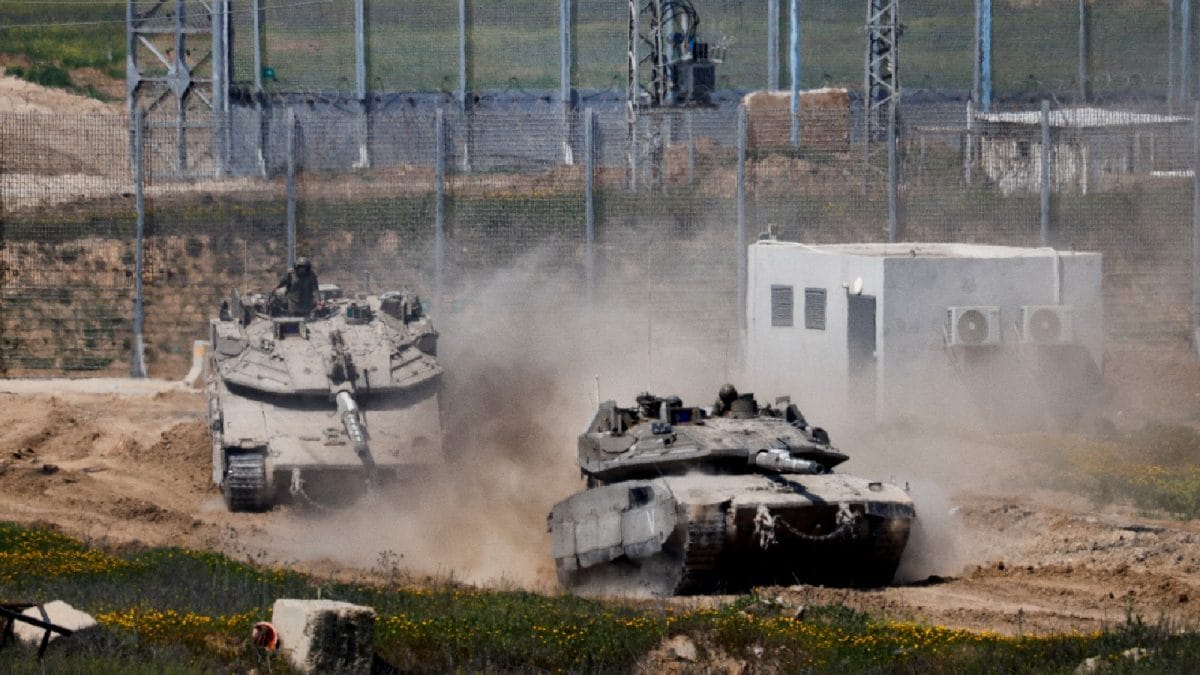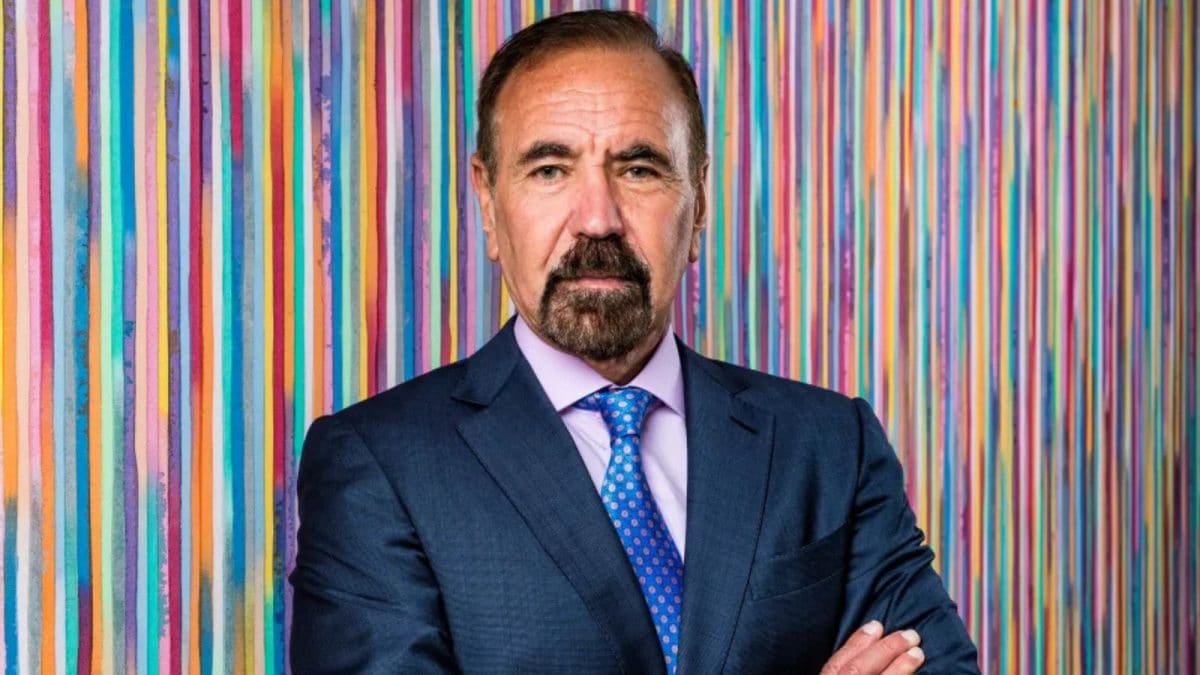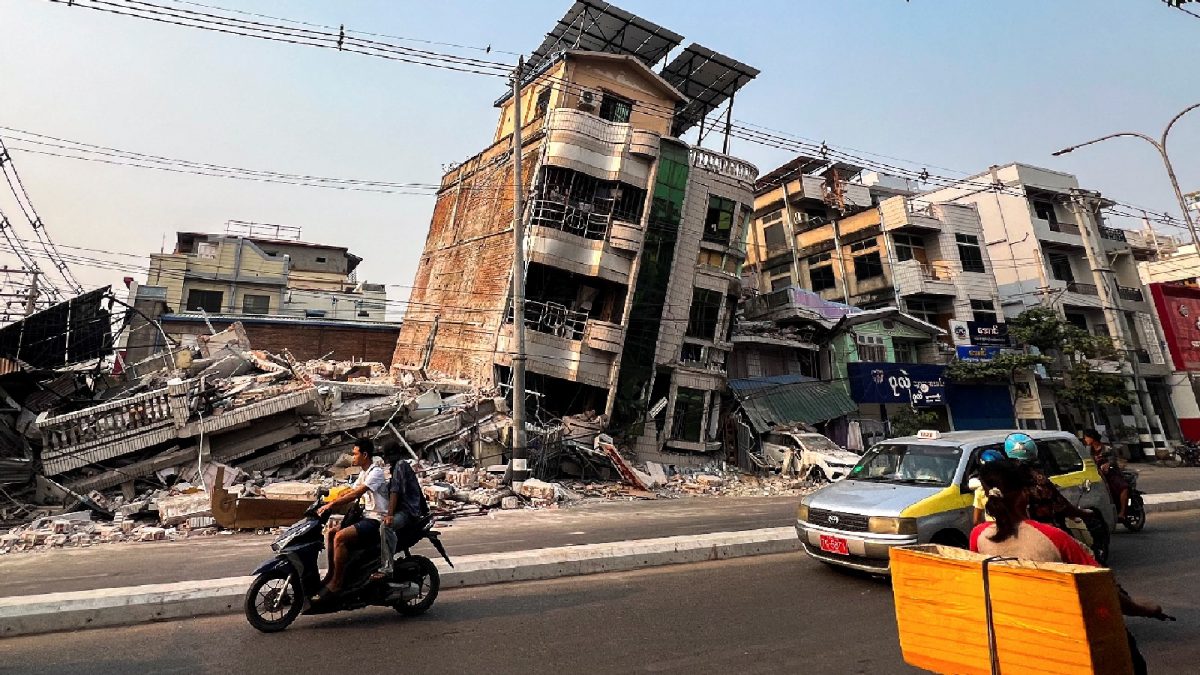Last Updated:February 04, 2025, 14:33 IST
USAID is a humanitarian and development agency of the US government, employing around 10,000 people worldwide with an annual budget in the tens of billions.

USAID’s health programmes in India work across sectors to prevent up to 2 million deaths per year (Photo credit: https://2017-2020.usaid.gov/)
The Trump administration’s decision to freeze United States Agency for Development (USAID) funds is going to hit several countries, including healthcare, energy and other projects in India. After swearing in as the President of the United States, Trump signed an executive order to reassess and realign US foreign aid under the new administration’s policy, placing a 90-day pause on funding.
In response, USAID directed all organizations implementing projects in India to suspend operations for the time being.
In a post on social media site X, Elon Musk, too, backed the US administration’s move and called USAID a “criminal organisation".
What Does USAID Do?
USAID is a humanitarian and development agency of the US government, employing around 10,000 people worldwide with an annual budget in the tens of billions.
Congress approves USAID’s funding each year, after which the agency collaborates with Congress and the White House to set investment priorities, guided by the State Department’s foreign policy directives. Funds are distributed through grants, contracts, and cooperative agreements.
In the 2023 fiscal year, USAID managed over $40 billion—more than a third of the total budget for the State Department, foreign operations, and related programs. However, this accounted for just 0.7% of the U.S. government’s $6.1 trillion expenditure during that period.
History Of USAID In India
The United States has supported India’s development since 1951, when President Harry Truman signed the India Emergency Food Assistance Act. Over the decades, USAID’s role has evolved from food aid to infrastructure development, capacity building, economic reforms, and more.
In 1960, food aid made up 92% of U.S. assistance. By the late 1970s, projects expanded to rural electrification, fertilizer promotion, malaria control, health programs, and irrigation.
By the mid-1980s, the focus shifted to science, technology, and policy reforms, supporting agricultural research, renewable energy, biomedical advancements, water management, and family planning—emphasizing technology transfer and institutional capacity building.
USAID-India Partnership Projects Hit
Energy Access And Security
USAID/India, in partnership with the Government of India and the U.S. and Indian private sectors, focuses on helping India and other South Asian countries transition to a “high-performing, low-emission, energy-secure" economy. This is achieved by improving access to reliable, clean energy and expanding investment opportunities in India’s estimated $1 trillion energy market.
USAID and India’s energy program focuses within the South Asia region and supports the US government’s Indo-Pacific Energy Initiative.
Health
USAID’s health programs in India aim to prevent up to 2 million deaths annually, addressing one-fifth of the country’s mortality burden. As the world’s second-most populous nation, India faces significant health challenges, including high maternal and child mortality rates, widespread malnutrition, and the largest tuberculosis (TB) burden globally.
India also has the third-highest number of people living with HIV, limited healthcare access for vulnerable populations, and over 39 million citizens pushed into poverty each year due to medical expenses.
To combat these issues, USAID collaborates with the Government of India, the private sector, and civil society to expand access to quality, affordable healthcare for poor and vulnerable communities. These efforts build on decades of USAID’s work in strengthening India’s healthcare system.
Water, Sanitation, and Hygiene (WASH)
USAID works with the Government of India to promote healthier urban communities by improving access to clean water and sanitation. These efforts align with the USAID Water and Development Strategy and the Water for the World Act.
Together, USAID and the Indian government develop and test scalable models for safe, affordable drinking water and sanitation services, which can be expanded by both public and private sector partners.
Education
With nearly 30% of its population under 14, India has vast potential for economic growth and improved quality of life. However, despite free education, 40% of students drop out before reaching the 8th grade, struggling with basic literacy.
According to the Government of India’s 2018 Annual Status of Education Report, only 56% of 5th graders can read a 2nd-grade-level text. To address this, the government is working to enhance education quality and boost literacy rates nationwide.
Location : First Published:February 04, 2025, 14:28 IST
News india From Energy To Health: How Trump's USAID Freeze Could Impact Key Projects In India

 1 month ago
1 month ago

